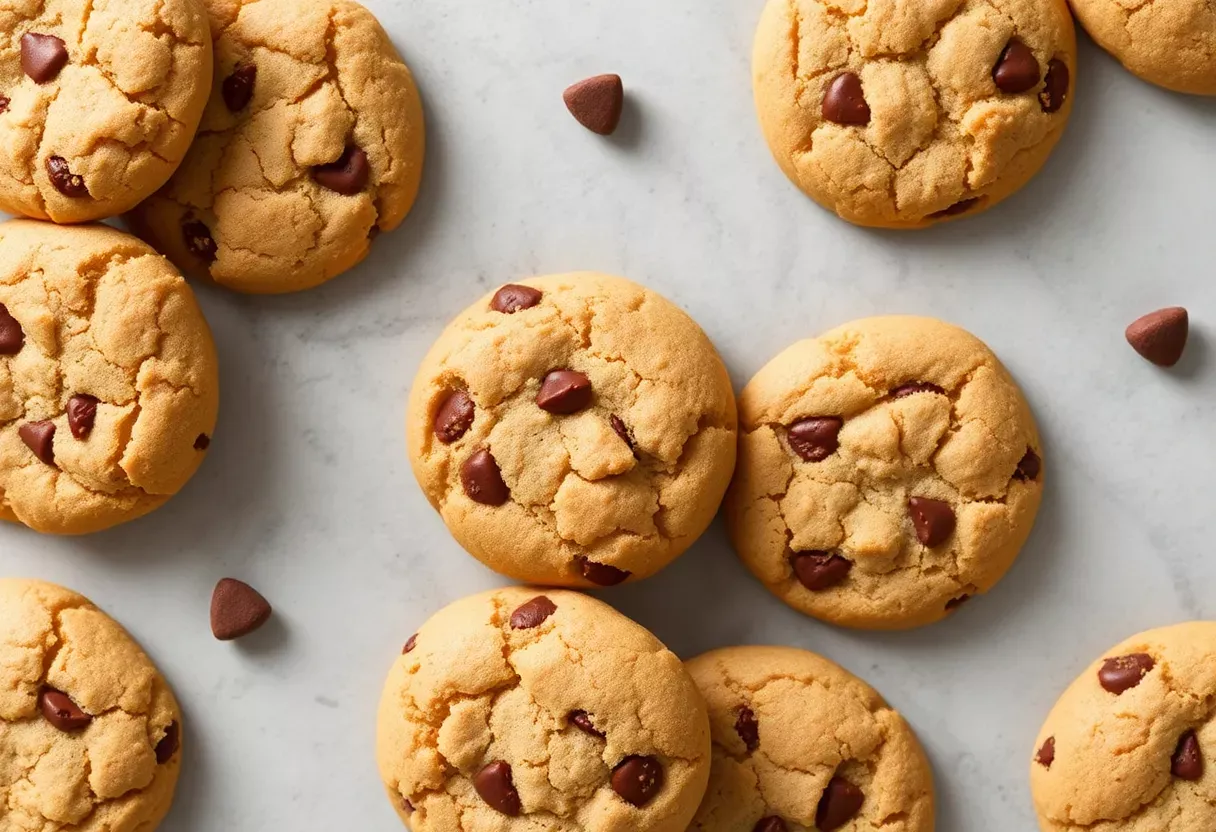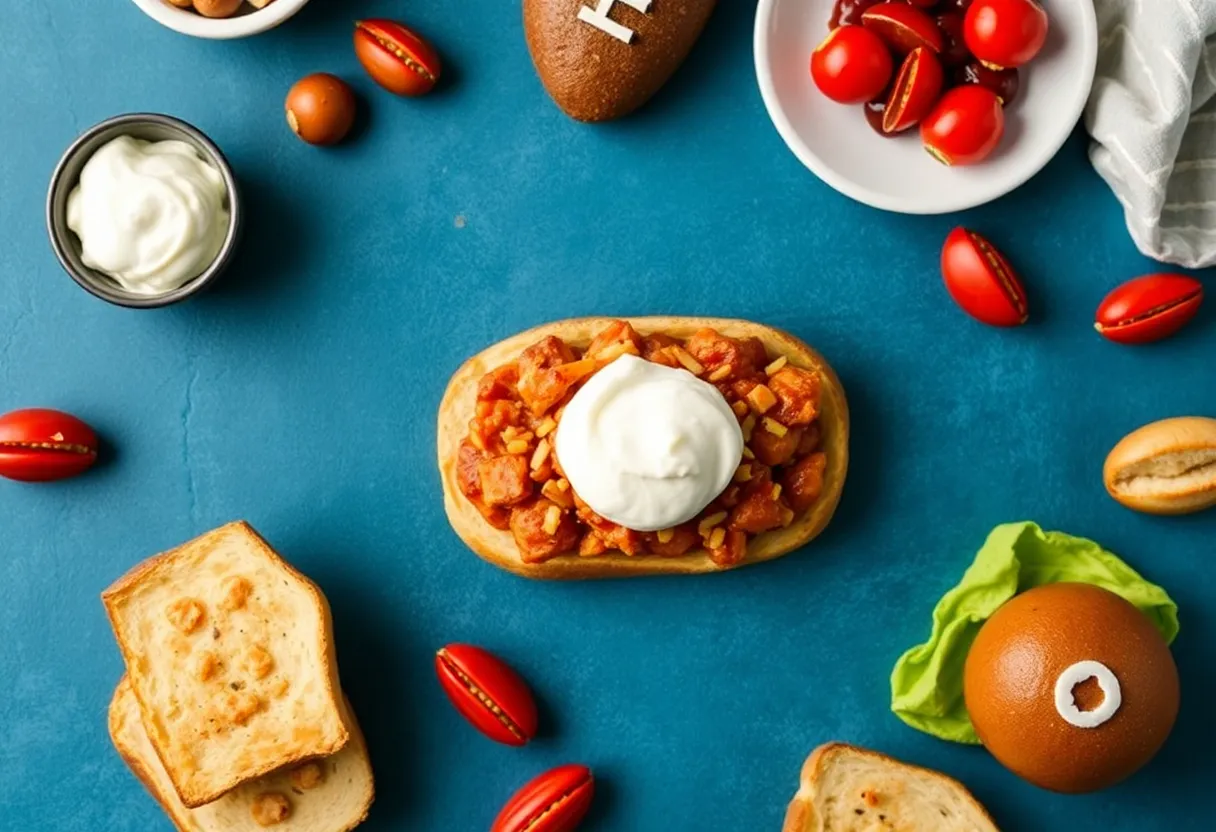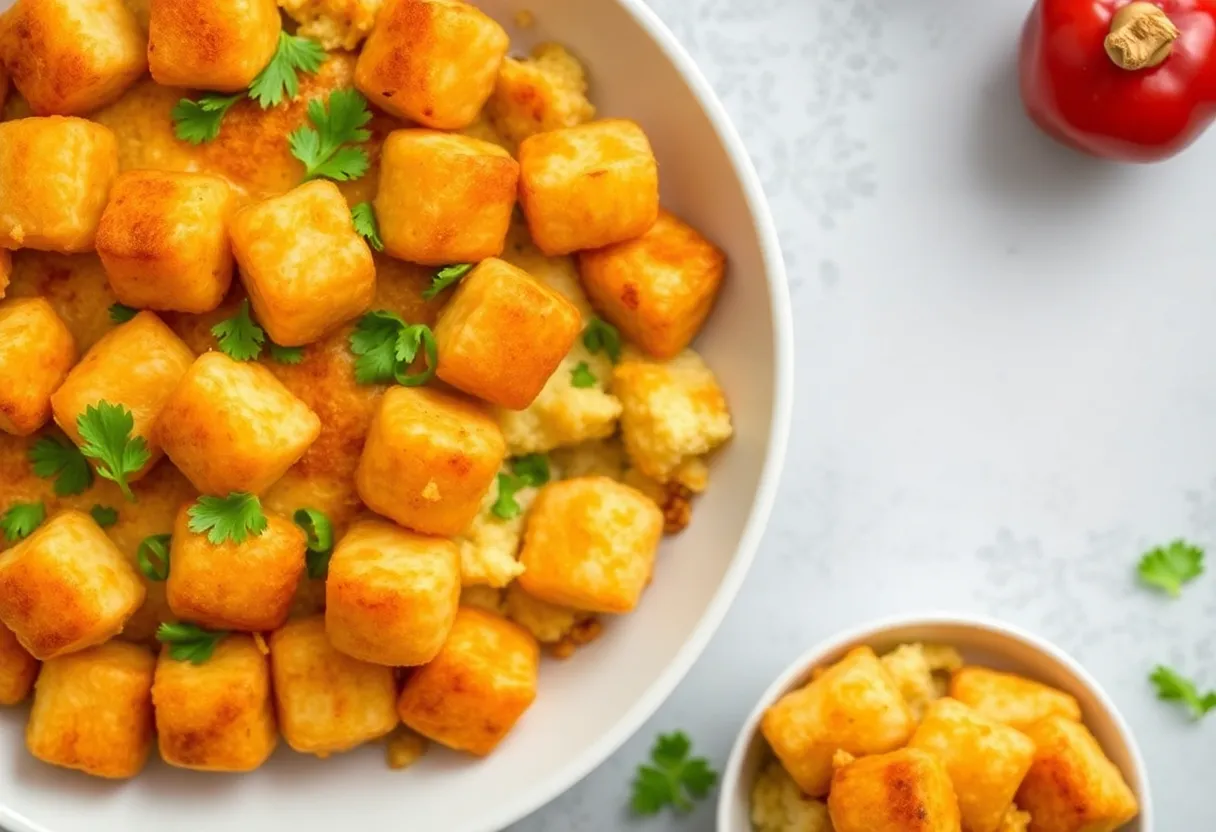You want gluten-free bread that doesn’t taste like cardboard. You also don’t want to knead, proof, or babysit dough like it’s a high-maintenance pet. Enter the bread machine—your new best friend.
This isn’t some sad, crumbly loaf that falls apart if you stare at it too hard. We’re talking fluffy, sliceable, actual bread. And yes, it’s stupidly easy.
Ready to outsource the hard work to a machine? Let’s go.
Why This Recipe Slaps
Most gluten-free bread recipes demand a PhD in baking science. This one?
Dump ingredients, press button, walk away. The bread machine does the heavy lifting, and you get a loaf that’s:
- Not a brick: Light, airy, and doesn’t double as a doorstop.
- No weird aftertaste: No chalky, bean-flour nonsense.
- Actually holds together: Sandwiches are back on the menu.
Plus, it’s customizable. Add seeds, cheese, or herbs, and pretend you’re a fancy artisanal baker.
Ingredients (Because You Can’t Wing This)
- 2 cups gluten-free flour blend (look for one with xanthan gum, or add 1 tsp separately)
- 1 tbsp sugar (or honey, if you’re feeling ~natural~)
- 1 tsp salt (unless you’re into bland sadness)
- 1 packet instant yeast (about 2¼ tsp)
- 1 cup warm water (not lava, not ice—just warm)
- 2 eggs (or flax eggs for vegan)
- 2 tbsp oil (olive, avocado, whatever’s lurking in your pantry)
- 1 tbsp apple cider vinegar (trust me, it’s magic)
Step-by-Step: The “Wait, That’s It?” Edition
- Whisk dry ingredients: Flour, sugar, salt, yeast.
No clumps allowed.
- Add wet ingredients to the bread machine pan: Water, eggs, oil, vinegar. Order matters—wet first.
- Dump dry mix on top: Like a lazy chef. Do NOT stir.
- Select the “Gluten-Free” setting: If your machine has it.
If not, use “Basic” and pray.
- Press start and walk away: Seriously. Don’t peek. The machine knows what it’s doing.
- Cool before slicing: Unless you enjoy gum-like disasters.
Patience, grasshopper.
Storage: Keep It Fresh(ish)
Gluten-free bread has the shelf life of a mayfly. Here’s how to hack it:
- Room temp: 2 days max, wrapped tighter than a burrito.
- Fridge: Up to 5 days, but expect slight texture changes. Toast it.
- Freezer: Slice first, freeze for 3 months.
Reheat like a boss.
Why Bother? (The Benefits)
Aside from not poisoning your gluten-intolerant friends?
- Cheaper than store-bought: GF loaves cost more than gold. This is budget-friendly.
- No weird additives: You control what goes in. No “modified tapioca starch” mysteries.
- Bragging rights: “Oh, this?
I baked it.” mic drop
Common Mistakes (Don’t Be That Person)
- Using cold ingredients: Yeast hates the cold. Warm your liquids.
- Over-measuring flour: Spoon it in, don’t scoop. Or enjoy your dense loaf.
- Opening the lid mid-cycle: Heat escapes.
Your bread collapses. You cry.
Alternatives (For the Rebellious)
Feel like living dangerously? Try these swaps:
- Flour: Almond flour (add extra eggs), oat flour (not for celiacs), or buckwheat.
- Eggs: Flax eggs (1 tbsp ground flax + 3 tbsp water = 1 egg).
- Sweetener: Maple syrup, agave, or just skip it if you’re anti-sugar.
FAQ
Can I use active dry yeast instead of instant?
Yes, but dissolve it in warm water first.
Instant yeast is lazy-friendly—just toss it in.
Why does my bread sink in the middle?
Too much liquid, old yeast, or you opened the lid. Respect the machine’s privacy.
Can I make this without a bread machine?
Sure, if you enjoy hand-kneading gummy dough. Use a stand mixer and bake at 375°F for 40 mins.
Why vinegar?
It mimics gluten’s elasticity.
Science, baby.
My bread is crumbly. Help?
Add 1 tbsp psyllium husk or more xanthan gum next time. Or just slather it with peanut butter and pretend it’s intentional.
Final Thoughts
Gluten-free bread doesn’t have to suck, and you don’t have to work hard for it.
The bread machine is your sous-chef, and this recipe is your ticket to edible, non-traumatic GF bread. Now go forth and bake. Or, you know, let the machine bake while you nap.






